
Deutsch-Chinesische Enzyklopädie, 德汉百科
 Toscana
Toscana
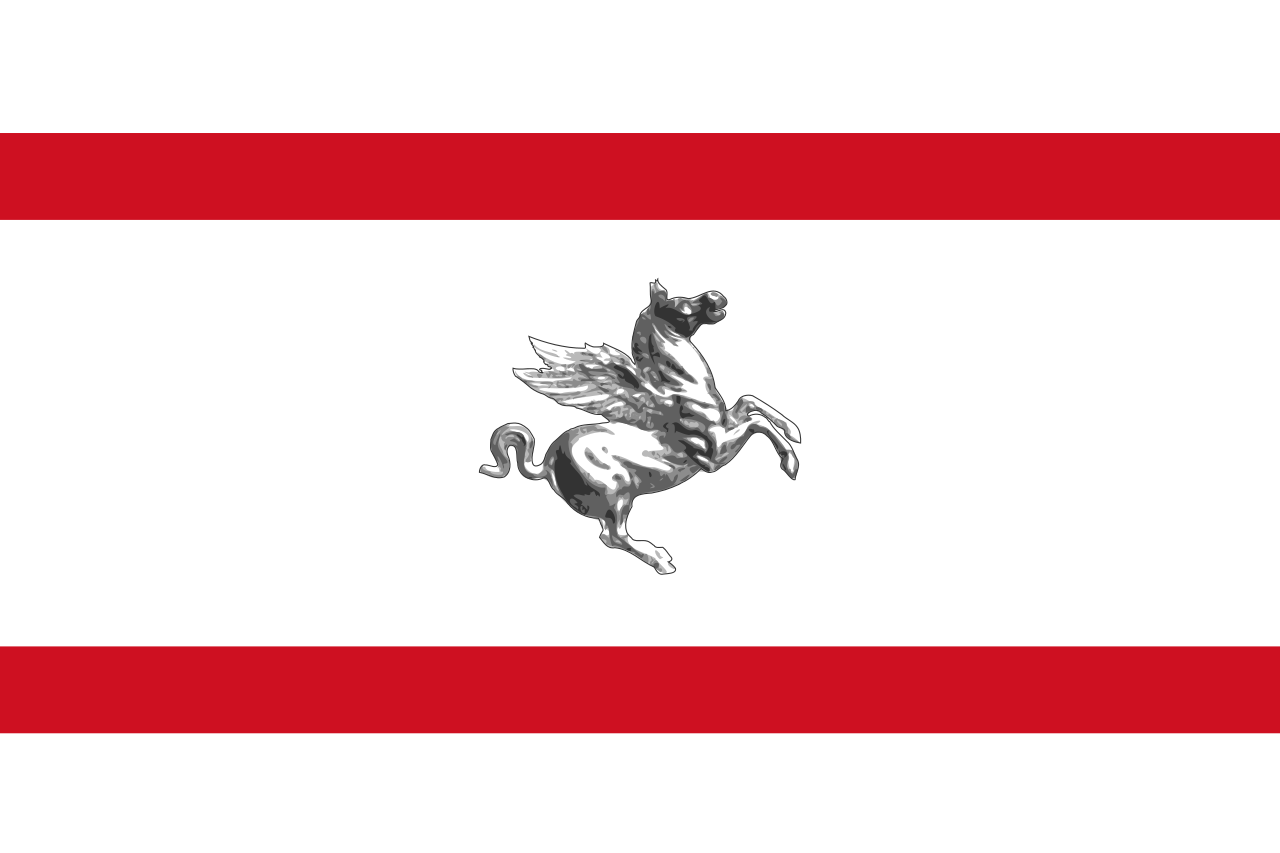
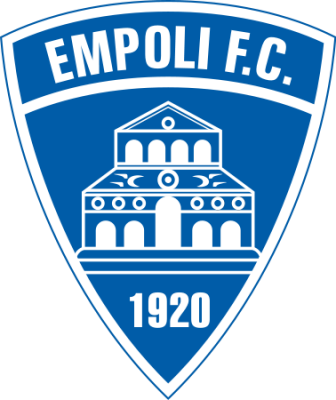

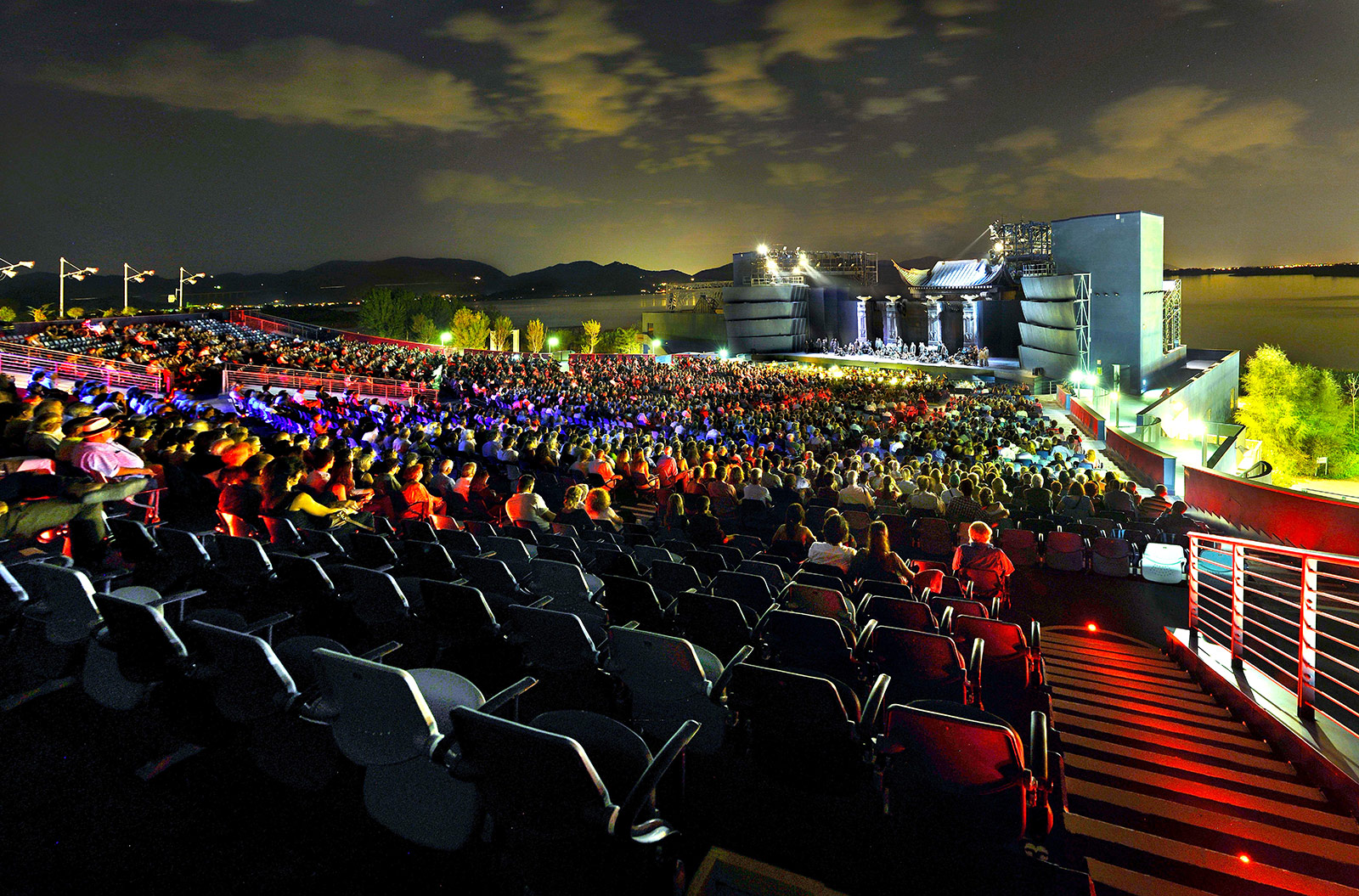

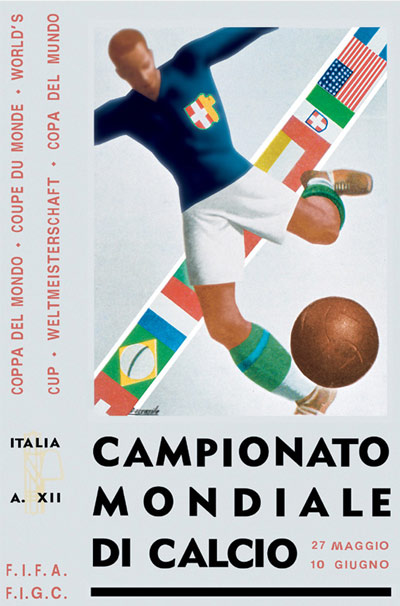

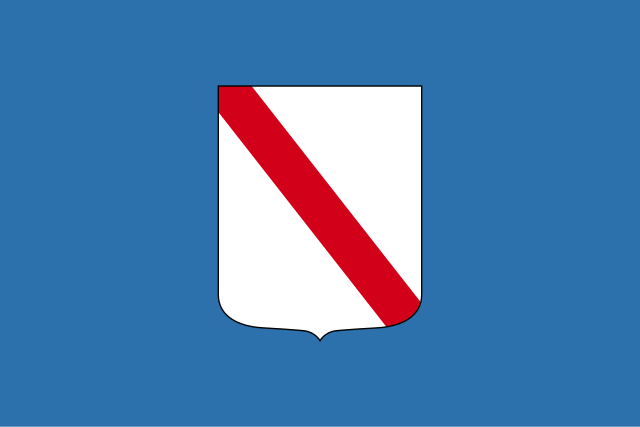 Campania
Campania

 Emilia-Romagna
Emilia-Romagna
 FIFA Fussball-Weltmeisterschaft 1990
FIFA Fussball-Weltmeisterschaft 1990

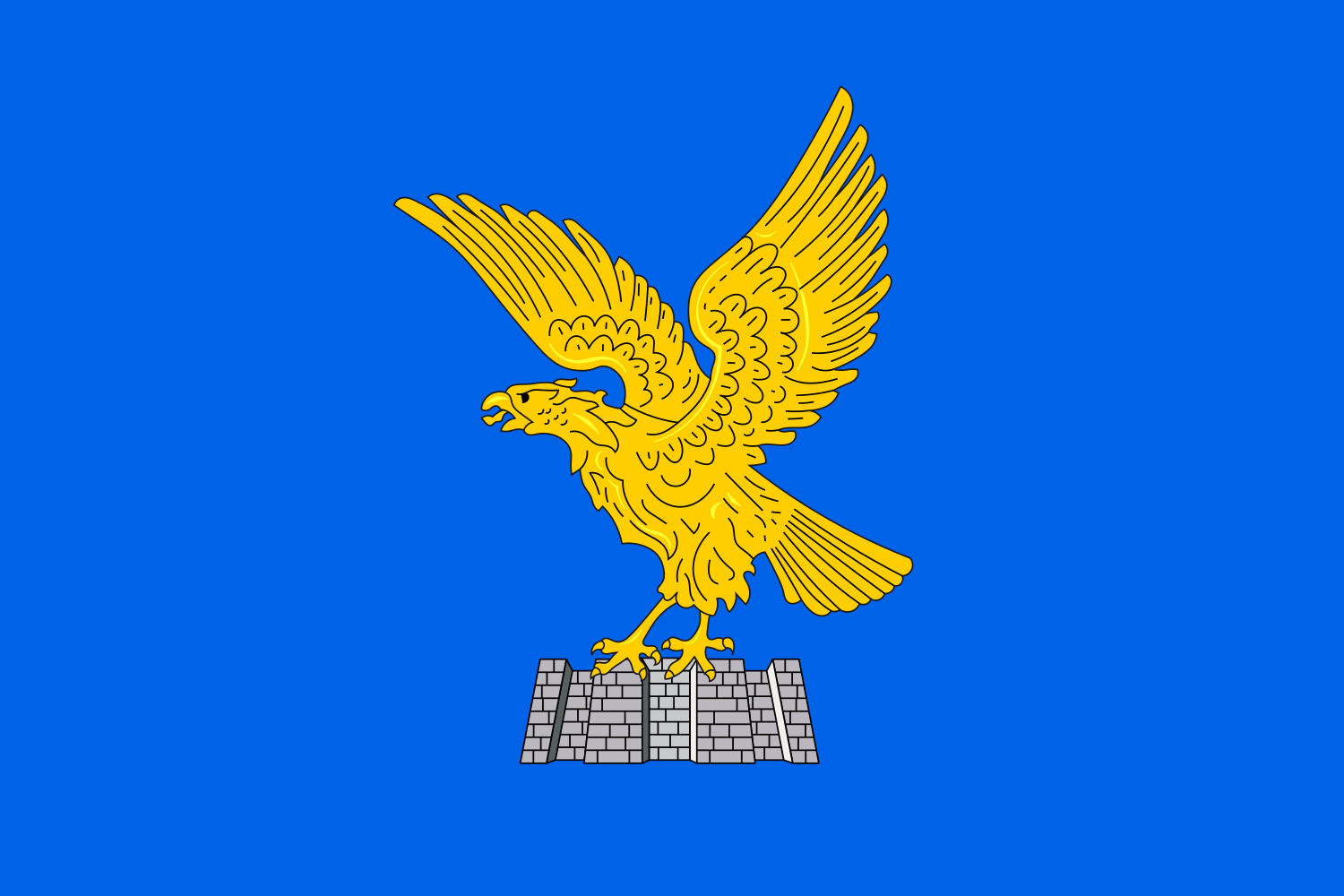 Friuli-Venezia Giulia
Friuli-Venezia Giulia
 Italy
Italy

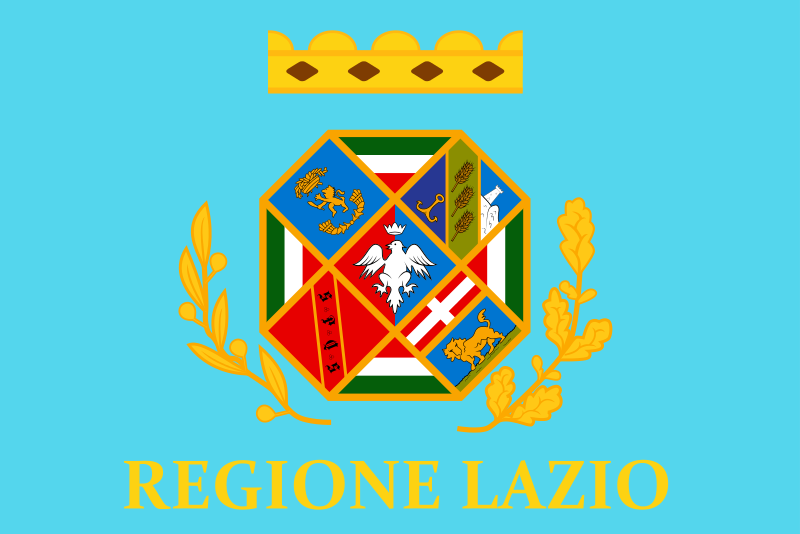 Lazio
Lazio

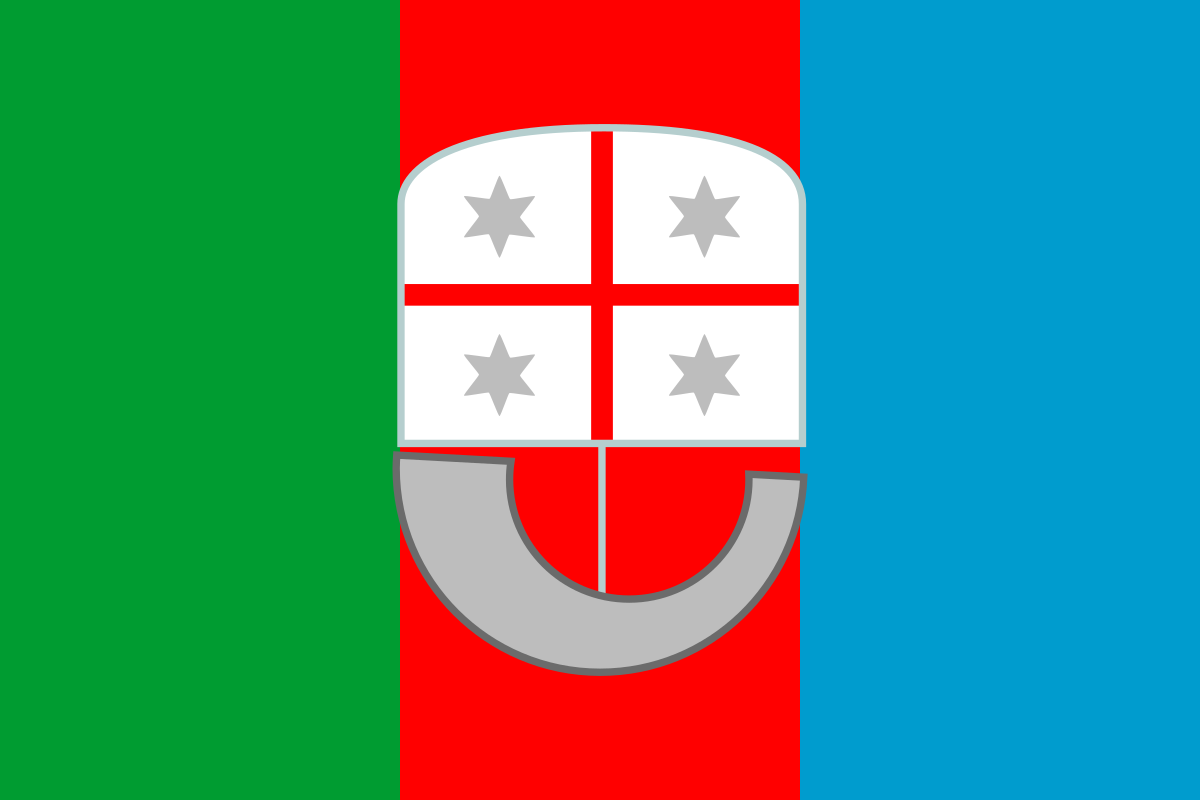 Liguria
Liguria

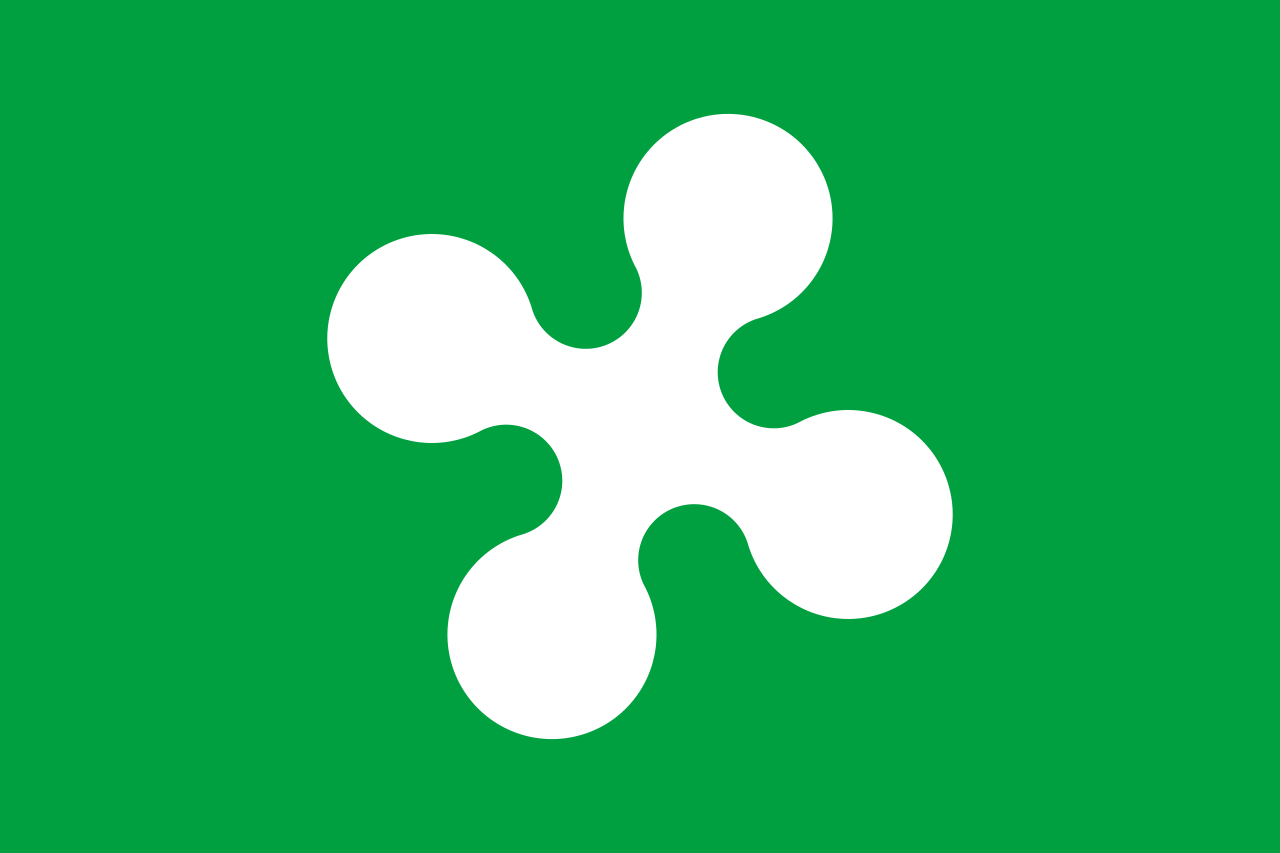 Lombardia
Lombardia

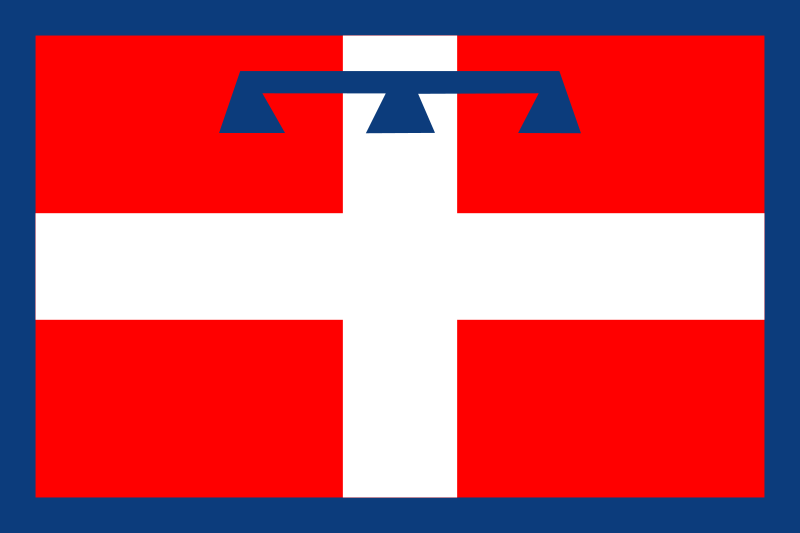 Piemonte
Piemonte

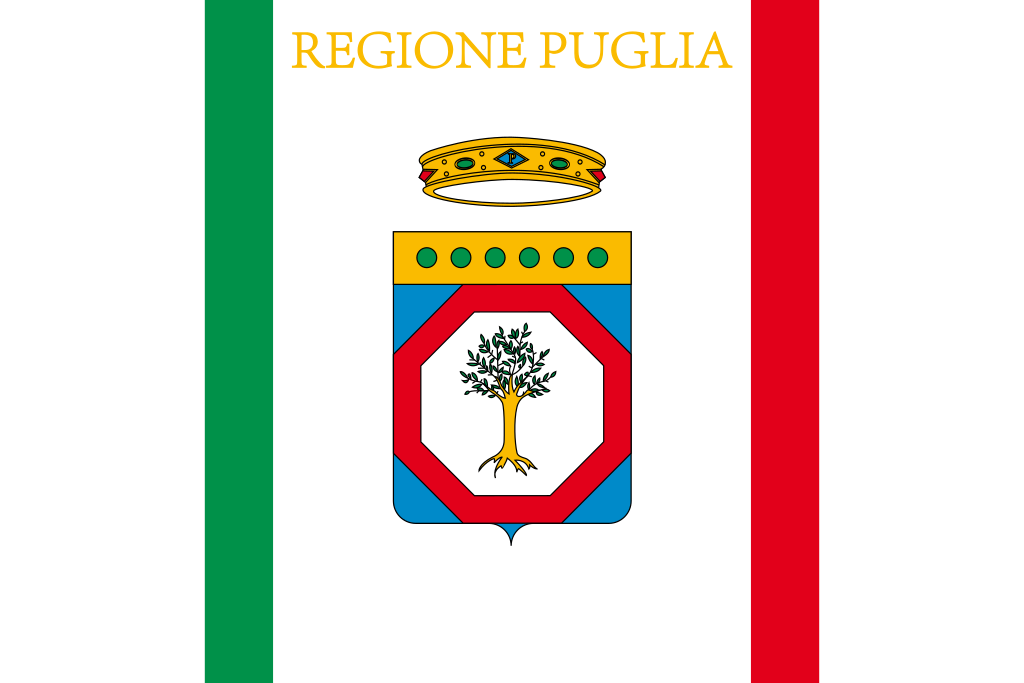 Puglia
Puglia

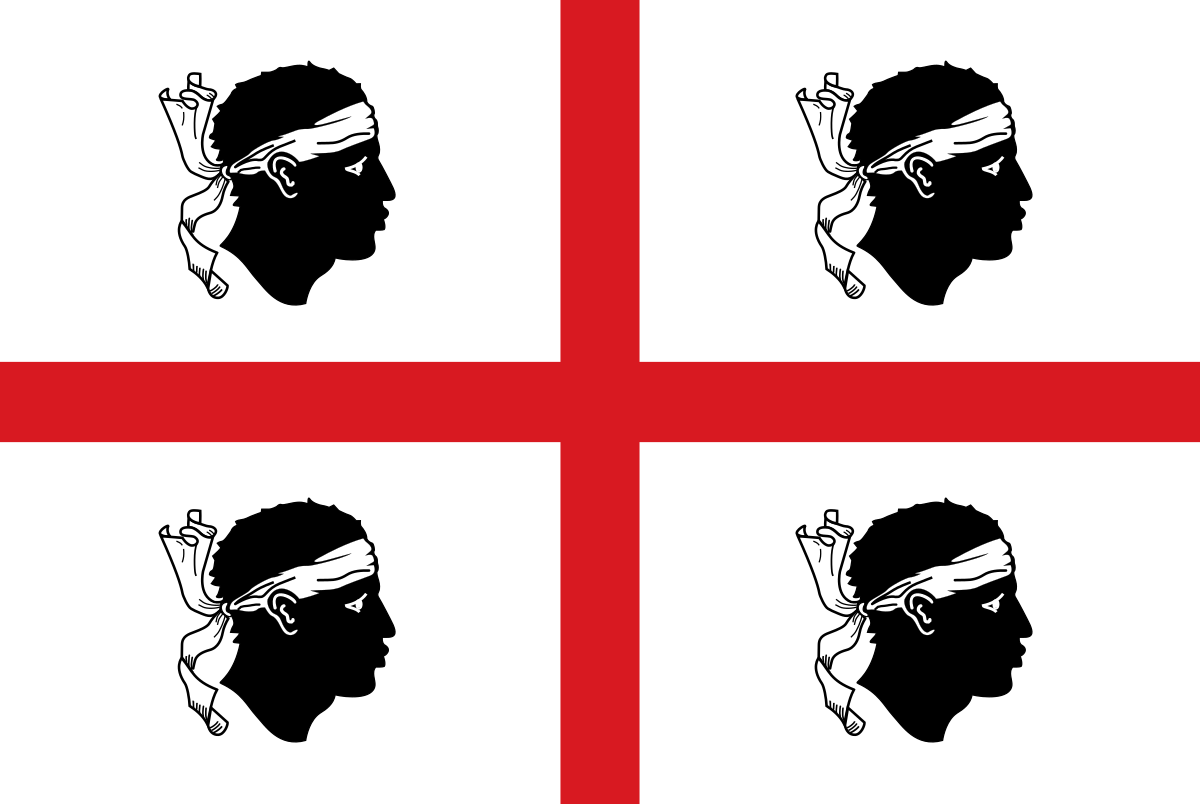 Sardegna
Sardegna

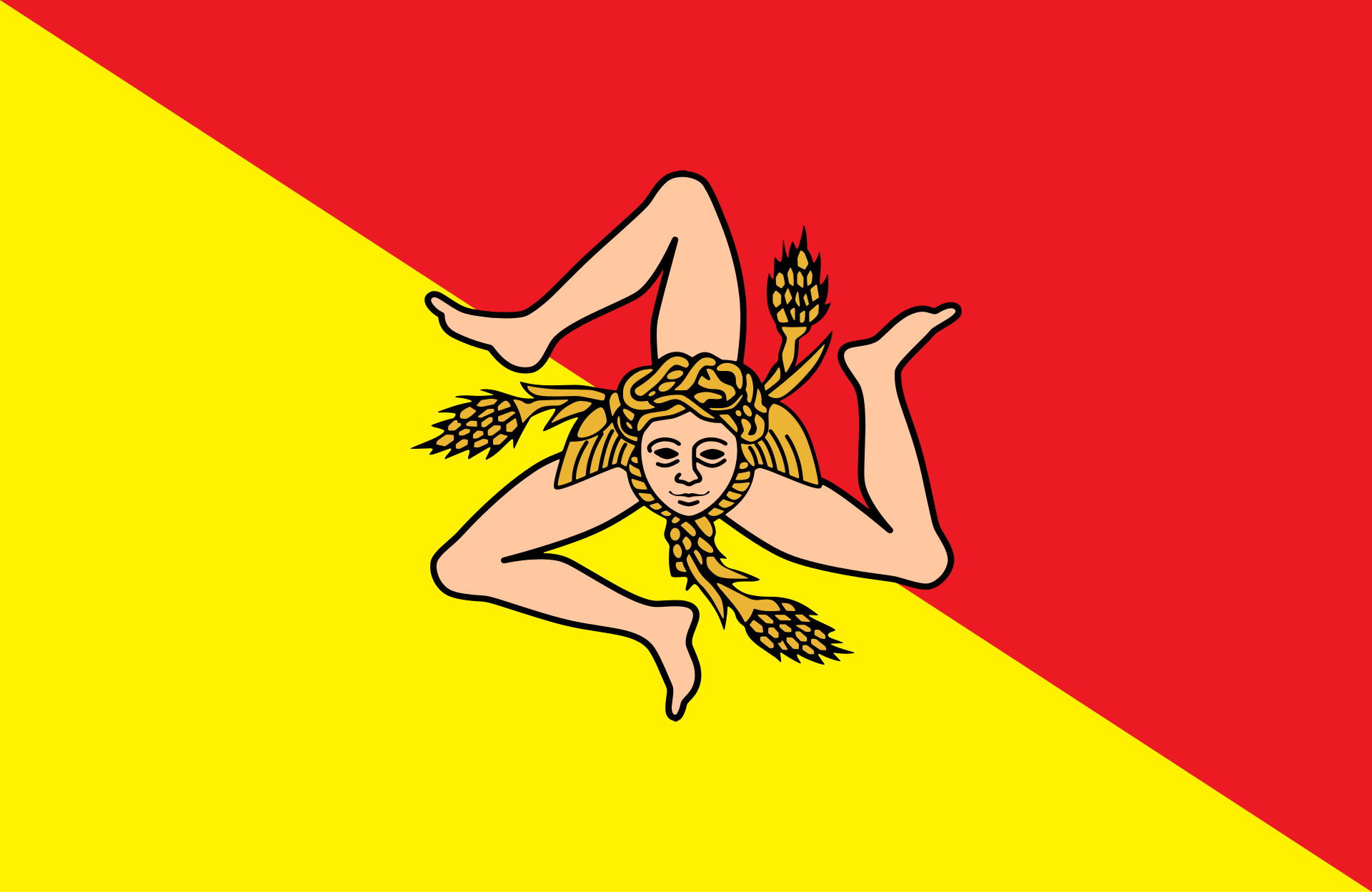 Sicilia
Sicilia

 Toscana
Toscana

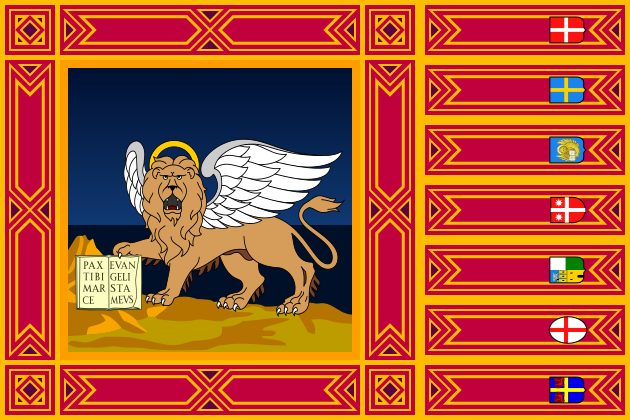 Veneto
Veneto
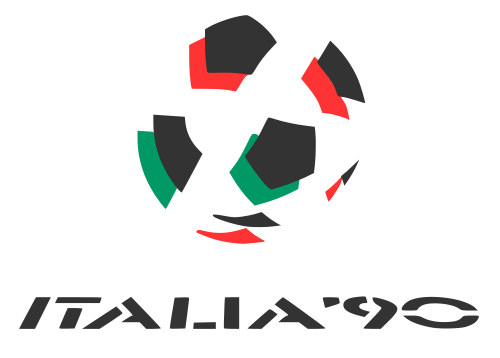

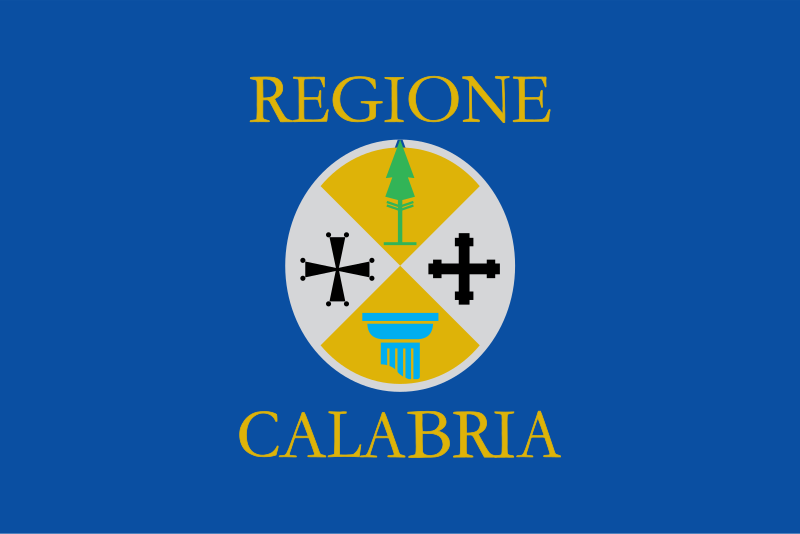 Calabria
Calabria

 Emilia-Romagna
Emilia-Romagna
 FIVB Volleyball World Championship
FIVB Volleyball World Championship

 Friuli-Venezia Giulia
Friuli-Venezia Giulia
 Italy
Italy

 Lazio
Lazio

 Lombardia
Lombardia

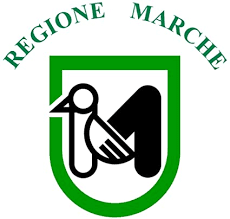 Marche
Marche

 Piemonte
Piemonte

 Sicilia
Sicilia

 Toscana
Toscana

 Veneto
Veneto

 Bulgaria
Bulgaria

 Emilia-Romagna
Emilia-Romagna
 FIVB Volleyball World Championship
FIVB Volleyball World Championship
 Italy
Italy

 Lazio
Lazio

 Lombardia
Lombardia

 Piemonte
Piemonte

 Puglia
Puglia

 Toscana
Toscana


 Architecture
Architecture
 FIFA Fussball-Weltmeisterschaft 1990
FIFA Fussball-Weltmeisterschaft 1990

 History
History

 International cities
International cities
 *European Capital of Culture
*European Capital of Culture
 Italy
Italy

 Art
Art

 Toscana
Toscana
 Florenz
Florenz

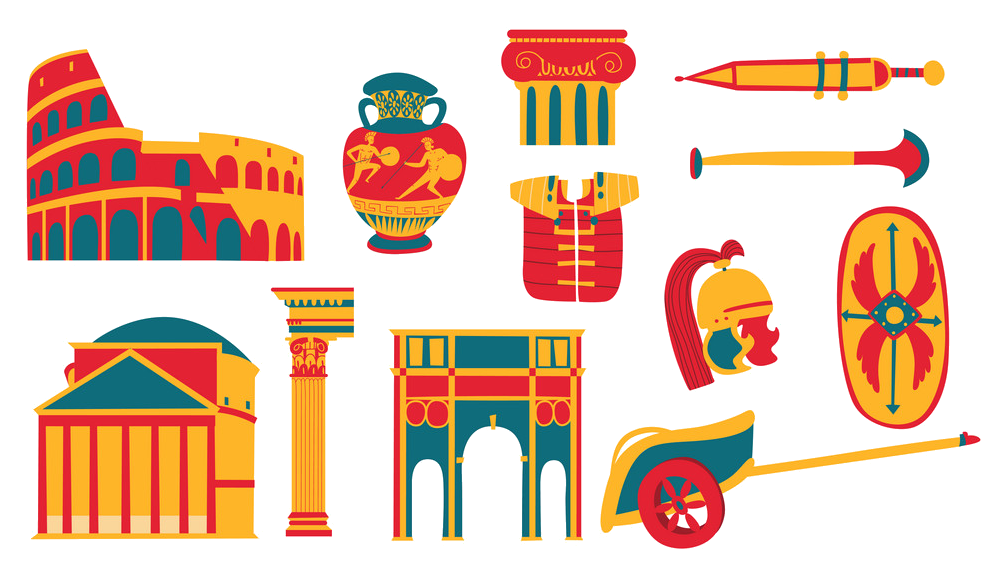 Cities founded by the Romans
Cities founded by the Romans

 World Heritage
World Heritage

佛罗伦萨曾经长期处于美第奇家族控制之下,是欧洲中世纪重要的文化、商业和金融中心,并曾一度是意大利统一后的首都(1865-1871年)。
佛罗伦萨被认为是文艺复兴运动的诞生地,艺术与建筑的摇篮之一,拥有众多的历史建筑,和藏品丰富的博物馆(诸如乌菲兹美术馆、学院美术馆、 巴杰罗美术馆、碧提宫内的帕拉提那美术馆等)。历史上有许多文化名人诞生、活动于此地,比较著名的有诗人但丁、画家列奥纳多·达·芬奇、米开朗基罗、政治理论家马基维利、雕塑家多纳太罗等。佛罗伦萨历史中心被列为世界文化遗产。
Florenz (italienisch Firenze [fiˈrεnʦe]) ist eine italienische Großstadt mit 382.258 Einwohnern (Stand 31. Dezember 2016). In der Metropolregion leben etwa eine Million Menschen. Florenz ist Hauptstadt sowie größte Stadt der Toskana und der Metropolitanstadt Florenz. In Italien ist Florenz die nach Einwohnern achtgrößte Stadt.
Florenz ist für seine Geschichte berühmt. Als Zentrum des spätmittelalterlichen europäischen Handels- und Finanzwesens war es eine der reichsten Städte des 15. und 16. Jahrhunderts. Florenz gilt als die Wiege der Renaissance. Aufgrund seiner kulturellen Bedeutung – insbesondere für die bildende Kunst – wird es schon seit dem 19. Jahrhundert auch als das „italienische Athen“ bezeichnet.[2][3][4][5]
Durch die mächtige Dynastie der Familie Medici stieg Florenz in der Renaissance zu einer der florierendsten Metropolen Europas auf. Zahlreiche Kunstschaffende und Geistliche waren hier beheimatet: Leonardo da Vinci verbrachte große Teile seiner Jugend in Florenz, Michelangelo fand Unterschlupf in der Kirche der Medici, Galileo Galilei wohnte als Hofmathematiker in den Palästen der Medici. Von 1865 bis 1870 war die Stadt die Hauptstadt des neu gegründeten Königreichs Italien.
Das historische Zentrum von Florenz zieht Jahr für Jahr Millionen von Touristen an. Euromonitor International platziert die Stadt mit fast 4,2 Millionen Besuchern im Jahr 2015 weltweit an 40. Stelle unter den meist besuchten Städten.[6] Die historische Innenstadt wurde von der UNESCO im Jahre 1982 zum Weltkulturerbe erklärt. Aufgrund des künstlerischen und architektonischen Erbes hat das Forbes Magazine Florenz als eine der schönsten Städte der Welt ausgewählt.[7] Hingewiesen wird vor allem auf den Reichtum an Museen, Palästen und Denkmälern.
フィレンツェ(イタリア語: Firenze (![]() 音声ファイル))は、イタリア共和国中部にある都市で、その周辺地域を含む人口約38万人の基礎自治体(コムーネ)。トスカーナ州の州都、フィレンツェ県の県都である。
音声ファイル))は、イタリア共和国中部にある都市で、その周辺地域を含む人口約38万人の基礎自治体(コムーネ)。トスカーナ州の州都、フィレンツェ県の県都である。
中世には毛織物業と金融業で栄え、フィレンツェ共和国としてトスカーナの大部分を支配した。メディチ家による統治の下、15世紀のフィレンツェはルネサンスの文化的な中心地となった。
市街中心部は「フィレンツェ歴史地区」としてユネスコの世界遺産に登録されている。1986年には欧州文化首都に選ばれた。
Florence (/ˈflɒrəns/ FLORR-ənss; Italian: Firenze [fiˈrɛntse] (![]() listen))[2] is the capital city of the Italian region of Tuscany. It is the most populous city in Tuscany, with 383,084 inhabitants in 2013, and over 1,520,000 in its metropolitan area.[3]
listen))[2] is the capital city of the Italian region of Tuscany. It is the most populous city in Tuscany, with 383,084 inhabitants in 2013, and over 1,520,000 in its metropolitan area.[3]
Florence was a centre of medieval European trade and finance and one of the wealthiest cities of that era.[4] It is considered the birthplace of the Renaissance, and has been called "the Athens of the Middle Ages".[5] A turbulent political history includes periods of rule by the powerful Medici family and numerous religious and republican revolutions.[6] From 1865 to 1871 the city was the capital of the recently established Kingdom of Italy. The Florentine dialect forms the base of Standard Italian and it became the language of culture throughout Italy[7] due to the prestige of the masterpieces by Dante Alighieri, Petrarch, Giovanni Boccaccio, Niccolò Machiavelli and Francesco Guicciardini.
The city attracts millions of tourists each year, and the Historic Centre of Florence was declared a World Heritage Site by UNESCO in 1982. The city is noted for its culture, Renaissance art and architecture and monuments.[8] The city also contains numerous museums and art galleries, such as the Uffizi Gallery and the Palazzo Pitti, and still exerts an influence in the fields of art, culture and politics.[9] Due to Florence's artistic and architectural heritage, it has been ranked by Forbes as one of the most beautiful cities in the world.[10]
Florence is an important city in Italian fashion,[9] being ranked in the top 15 fashion capitals of the world;[11] furthermore, it is a major national economic centre,[9] as well as a tourist and industrial hub. In 2008, the city had the 17th highest average income in Italy.[12]
Florence (en italien : Firenze, prononcé /fi'rɛnʦe/) est la huitième ville d'Italie par sa population, capitale de la région de Toscane et siège de la ville métropolitaine de Florence.
Berceau de la Renaissance en Italie, capitale du royaume d'Italie entre 1865 et 1870, inscrit sur la liste du patrimoine mondial de l'UNESCO au titre du Centre historique de Florence, la ville présente une richesse artistique exceptionnelle (églises, musées, palais), et est devenue un grand centre touristique.
Firenze (AFI: /fiˈrεnʦe/[4]; ; in epoca medievale e nel linguaggio poetico anche Fiorenza, /fjoˈrɛnʦa/[5][6]; Florentia in latino) è un comune italiano di 380 005 abitanti, capoluogo della Toscana e centro della propria città metropolitana con una popolazione di 1 012 307 abitanti. È l'ottavo comune italiano per popolazione e il primo[7] della Toscana.
La città di Firenze è il cuore dell'area metropolitana Firenze - Prato - Pistoia, una conurbazione che conta oltre 1 520 000 abitanti[8][9].
Nel Medioevo è stata un importante centro artistico, culturale, commerciale, politico, economico e finanziario. Nell'età moderna ha ricoperto il ruolo di capitale del Granducato di Toscana, dal 1569 al 1859, con il governo delle famiglie dei Medici e dei Lorena.
Nel 1865 Firenze fu proclamata capitale del Regno d'Italia (seconda, dopo Torino). La città mantenne questo status fino al 1871, anno che segna la fine del Risorgimento.
Importante centro universitario e patrimonio dell'umanità UNESCO, è considerata luogo d'origine del Rinascimento ed è universalmente riconosciuta come una delle culle dell'arte e dell'architettura, nonché rinomata come una delle più belle città del mondo, grazie ai suoi numerosi monumenti e musei – tra cui il Duomo, Santa Croce, Santa Maria Novella, gli Uffizi, Ponte Vecchio, Piazza della Signoria, Palazzo Vecchio e Palazzo Pitti.
Florencia (Firenze en italiano) es una ciudad situada en el norte de la región central de Italia, capital y ciudad más poblada de la Ciudad metropolitana homónima y de la región de Toscana, de la que es su centro histórico, artístico, económico y administrativo. Cuenta con unos 378 236 habs.,2 y es el centro de un área metropolitana de aproximadamente un millón y medio de habitantes.
Capital de Italia entre 1865 y 1871 durante la Unificación italiana, en la edad media fue un importante centro cultural, económico y financiero. Conoció su época de mayor esplendor tras la instauración del Gran Ducado de Toscana bajo el dominio de la dinastía Médici.
Florencia es el núcleo urbano en el que se originó en la segunda mitad del siglo XIV el movimiento artístico denominado Renacimiento, y se la considera una de las cunas mundiales del arte y de la arquitectura así como también una de las ciudades más hermosas del mundo. Su centro histórico fue declarado Patrimonio de la Humanidad en 19823 y en él destacan obras medievales y renacentistas como la cúpula de Santa María del Fiore, el Ponte Vecchio, la Basílica de Santa Cruz, el Palazzo Vecchio y museos como los Uffizi, el Bargello o la Galería de la Academia, que acoge al David de Miguel Ángel.
Флоре́нция (итал. Firenze [fiˈrɛnʦe], лат. Florentia) — итальянский город на реке Арно, в прошлом — центр Флорентийской республики, столица герцогов Медичи и Итальянского королевства. Ныне административный центр региона Тоскана. Население — 382 347 человек (2017)[2].
Несмотря на удалённость от моря и постоянные политические волнения, Флоренция XIII—XVII веков внесла грандиозный вклад в развитие европейской и мировой цивилизации. Город дал миру таких гигантов, как Леонардо да Винчи, Микеланджело, Донателло, Никколо Макиавелли, Данте и Галилея. Местный диалект лёг в основу литературного итальянского языка, флорентийская монета стала эталоном для всей Европы, флорентийские художники разработали законы перспективы, флорентийский мореплаватель Америго Веспуччи дал своё имя двум континентам, а флорентийские мыслители положили начало эпохе Ренессанса, в связи с чем Флоренция по праву носит имя «Колыбель Возрождения».
Флоренция является важным городом итальянской моды[3] и была удостоена 31[4] места в рейтинге модных столиц мира. Кроме того, Флоренция — это национальный экономический, туристический и индустриальный центр Италии[3], который в 2008 году занял семнадцатое место в списке итальянских городов с наибольшей прибылью.[5]

District 1 – Centro Storico
Centro Storico contains ten neighborhoods within the road that circumnavigates the city inside the old wall ruins. Tourism in the center is heavy, but there is still a thriving local lifestyle if you know where to look. District 1 is the Florence everyone imagines, and this article will dive into the central neighborhoods specifically.
For more adventurous expats, finding a home further away from the tourism can be a more affordable and spacious option.
District 2 – Campo di Marte
The Campo di Marte neighborhood is home to the Florence soccer stadium, Stadio Artemio Franchi. It also has its own train station that connects to the city center and surrounding areas. You can find more housing options here, with larger apartments on the market. Housing includes a mixture of historic and newer builds (circa 1950)
The neighborhood is also more residential than the center. Still, it is close enough to the main shopping street.
District 3 – Gavinana – Galluzzo
This district has much less tourism but is only a short walk or ride to the center. Smaller shops are typical, and there is a tight-knit community with local markets and festivals throughout the year.
Housing can range from a small apartment to a house with a yard. Normally property prices are lower than in the center of Florence. Families also enjoy picnics and parties on the large green spaces next to the river.
District 4 – Isolotto-Legnaia
District 4 stretches out into the Arno valley with more modern architecture and one of the city’s main tram lines. Still, public transport links are less and more people own cars.
The Isolotto neighborhood is known for its larger apartment buildings and several green spaces, many with playgrounds. Many homes are available at lower costs than in the city center. The area becomes more industrial towards Legnaia, but you can still find a home with a more outside space.
District 5 – Rifredi
The Rifredi neighborhood is known for its large student population because of the proximity of the University of Florence. There’s a mix of smaller older homes and newer construction. The second tram line also runs through this district. For green space, you can visit the large Parco di San Donato.
Rifredi is the hip, up-and-coming district with plenty of affordable real estate.


 Sport
Sport
 Eat and Drink
Eat and Drink
 Music
Music
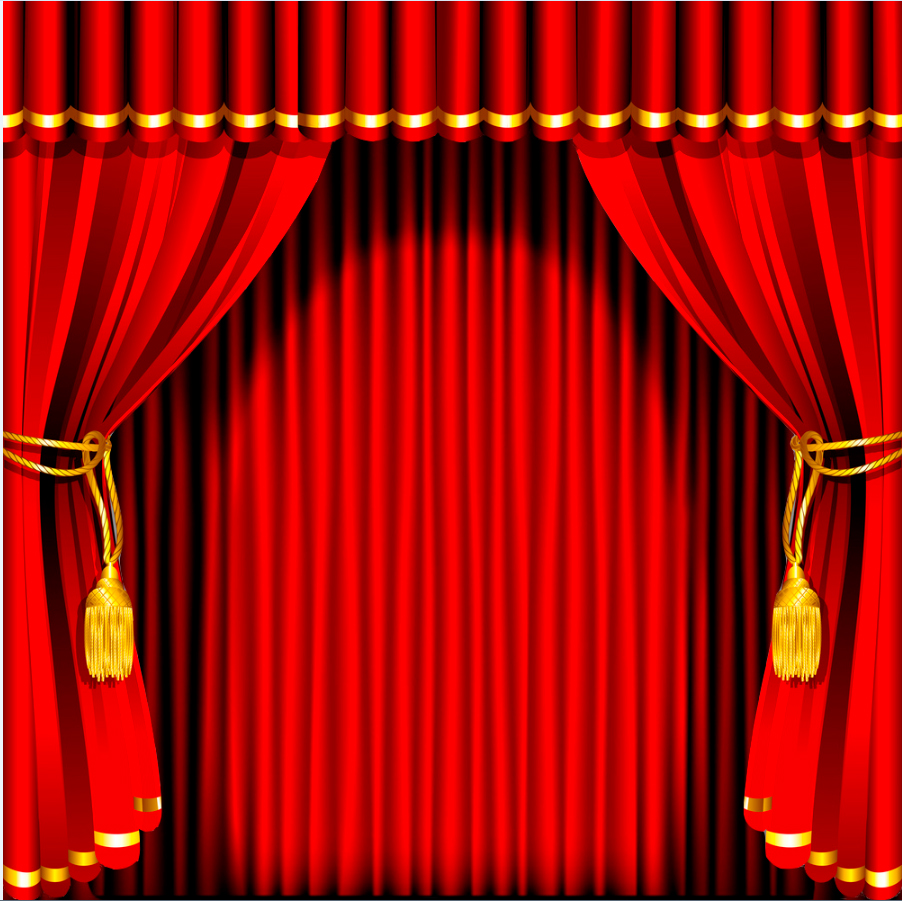 Performing Arts
Performing Arts
 Review
Review
 Transport and traffic
Transport and traffic